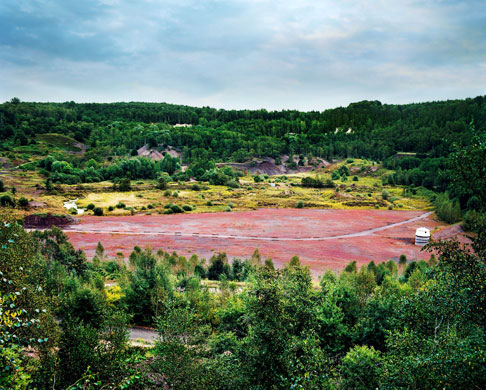The oldest evidence of this reproductive process comes from Australia. Yet the evidence is indirect and the creatures involved were invertebrates. We have plenty of younger invertebrate fossils caught in the act, but now palaeontologists excavating in the world famous Messel Pits, Germany, have uncovered the oldest evidence of sexual reproduction in vertebrates. The fossils from the lake, protected by oil shale, are incredibly well preserved.
 |
| The mating Allaeochelys crassesculpta |
'Scientists have collected tens of thousands of fossils at this site in recent decades,' said co-author Dr Stephan Schaal of the Senckenberg Naturmuseum in Frankfurt, 'but only these turtles are known to occur in pairs, a total of nine so far.' Detailed analysis of the fossil material revealed that each pair consists of a female and male individual. More importantly, even though the males face away from the females, the tail of some of them can be found wrapped under the shell of the female.
 |
| The Messel Pits today |
The area which would become the Messel Pits was positioned over a volcanic vent. At some point, ground water came into contact with magma bubbling up from the mantle, producing super heated steam. As this all occurred within tiny crevices in the rock, the pressure simply grew and grew until a steam powered explosion blasted a crater in the ground. This slowly filled with water to form a volcanic lake. The magma below heated the water, making it a haven for a multitude of organisms.
Carbon dioxide bubbling up through the lake water allowed plants to bloom around the edges. Yet it also made the lake water slightly acidic and highly anoxic in the deeper areas. The turtles would have slowly sunk into the toxic water and suffocated. When they hit the bottom, they were buried by sediment and preserved. It is likely that the ancient lake will continue to reveal surprises: some puzzling and bizarre, but occasionally, as with these mating pairs, a fossil comes along which is of the utmost importance.